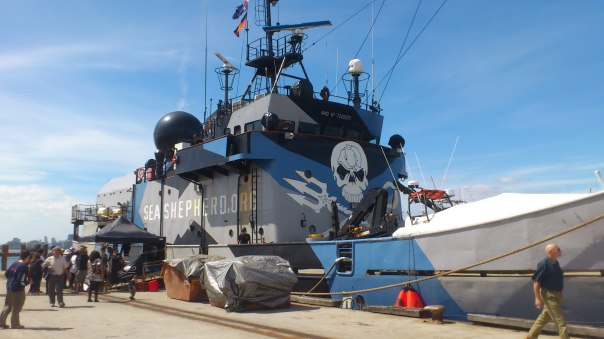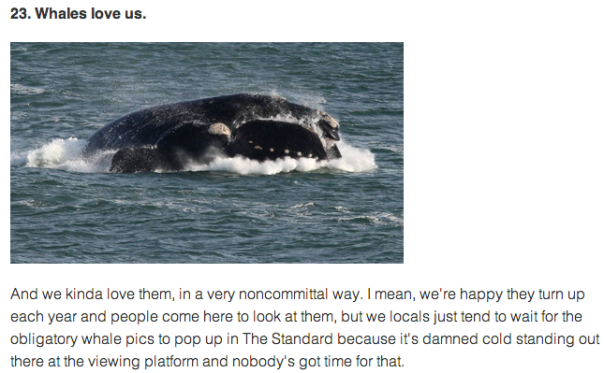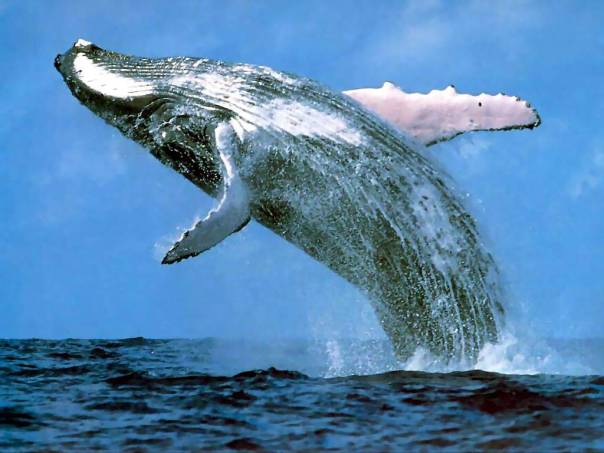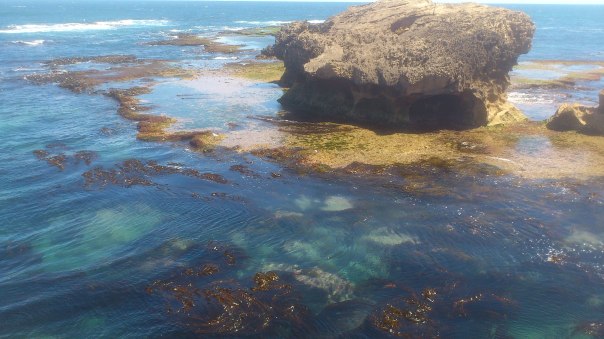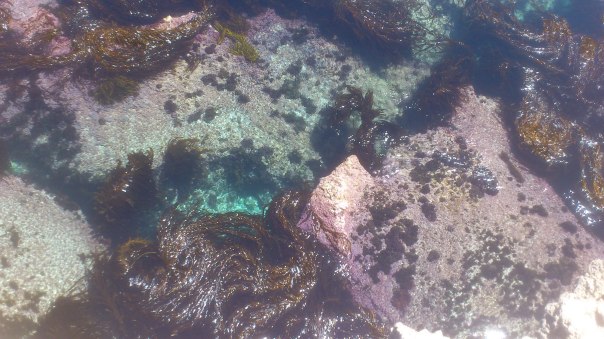Like many who care about the fate of some of the world’s biggest marine creatures, I’ve been watching in disbelief at the farcical arguments being thrown around at the International Court of Justice over the past two weeks.
Australia is aiming, through the ICJ, to prove that Japan’s Southern Ocean JARPA program is actually a commercial operation.
But, just as Japan has done at CITES and various other major environmental meetings, they couldn’t let commonsense and good legal arguments cloud their representations.
Just look at Japan’s greatest hits from one day of the ‘trial’, (story appeared in Wednesday’s Guardian)
“Japan insists lethal research is both lawful and necessary”
Tokyo was seeking “scientific information on the basis of which Japan might be able to ask for the moratorium [on commercial whaling] to be lifted”
Japan itself had reason to be offended by Australia’s “factual misrepresentations and … misleading use of selective references and quotes”, Tsuruoka said.
The Japanese government told the UN’s top judicial body it was a court of law, not a “medieval inquisition”
I think Japan may have been feeling like this:
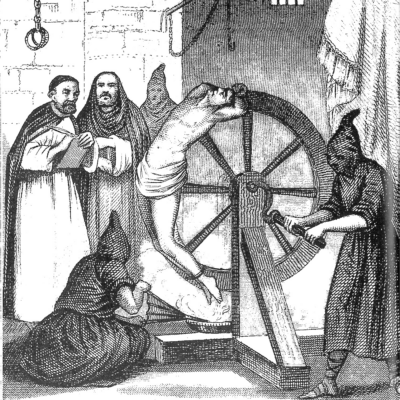
I think this is a ‘medieval inquisition’, which looks very unlike the ICJ courtroom
Photo: morriscourse.com
But after all the nonsense arguments from Japan, they still missed the point: ‘After the hearing, government spokesman Noriyuki Shikata told AAP that Japan was content with its “powerful case”.’
I’m no lawyer but a “powerful case” in this arena would seem to be one based on watertight arguments and sound scientific backing and hopefully support from other countries who have proven strong environmental consciousness. Not from those with commercial whaling programs and vested interests in keeping the dream alive for their kids who one day will get to harpoon whales, just like their parents.
Carl Safina, in the Huffington Post, wrote about a similar situation at the CITES meeting in March, where Japan and China were fighting to keep endangered sharks… well, off the endangered list:
… Because Japanese and Chinese delegates are applying intense pressure (read: $) on certain poor countries in Africa and elsewhere to reverse their votes. Japan always does this, bribing countries with aid packages or even individual delegates with cash. And so, a week that has started with a monumental decision for sharks may conclude with another black eye for shark conservation and for CITES.
At least these countries weren’t successful, this time:
Delegates at the triennial meeting in Bangkok of the Convention on International Trade in Endangered Species of Wild Fauna adopted the proposals to put the oceanic whitetip, hammerhead and porbeagle sharks on a list of species whose trade is closely controlled.
More than two dozen species of shark are officially endangered, and more than 100 others considered either vulnerable or near threatened. Like manta rays, sharks are seen as valuable to nations with dive tourism industries, with island territories such as the Bahamas, Fiji and the Maldives deriving major benefits. Eleven nations, including Brazil, the U.S. and Egypt, proposed regulating trade in the species.
The oceanic whitetip proposal passed in a secret ballot with 92 votes in favor, 42 against and 8 abstentions, while the hammerhead proposal passed with 91 votes in favor and 39 against. The porbeagle proposal was adopted with 93 votes in favor, 39 against and 8 abstentions.
It seems that international trade and foreign relations plays a big part in whether a country feels safe to denounce the whaling or shark and dolphin hunting activities of another.
Australia is a key market for Japanese cars and gadgets and they provide vast tourism dollars and a market for our grain, beef and raw materials so there is some financial risk here (but you could safely say, not as big a risk as the Sea Shepherd crews have been taking each summer during Antarctic whaling season).
Economic sanctions by Japan could potentially hurt our economy but if other countries step up and support Australia’s position at the ICJ, it could help Japan to change its position on whales, sharks and dolphins and become active in seeking their protection.
